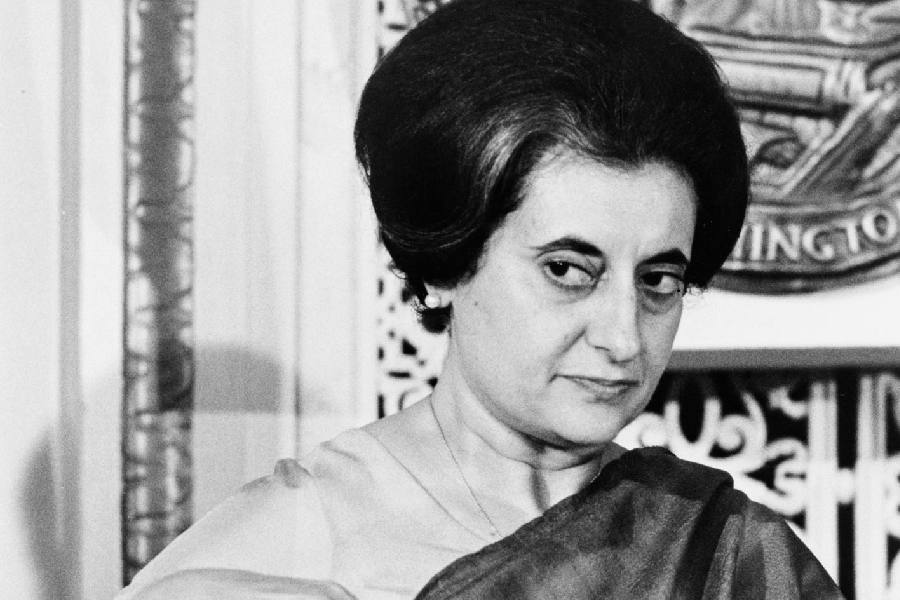At the time when Bihar is celebrating the centenary year of Champaran Satyagraha spearheaded by Mahatma Gandhi in 1917, a book is in the offing, which narrates the plight of Champaran farmers because of exploitation of indigo planters and Gandhi's role as the crusader to save the tillers.
Unlike usual books, which use historical facts and narratives, the upcoming one traces the history through folk songs. It is being penned by Bhairab Lal Das, a project officer in Bihar Legislative Council, who has a penchant for writing and has written a book on Champaran Satyagraha titled Gandhi ke Champaran Andolan ke Sutradhar - Rajkumar Shukla ki Diary. The book was launched in November 2014.
Rajkumar Shukla, a local farmer, had played an important role in persuading Gandhi to come to Champaran and look into the plight of the local farmers.
Das's book is likely to be published in the next three to four months. At present, the writer is busy giving final shape to the details after which it would proceed for editing.
"So far, two publishers have shown interest in publishing the book and soon a decision would be taken in this regard," Das told The Telegraph, adding he would ensure early publication of the book, as 2017 is being celebrated as the centenary year of Champaran Satyagraha.
Citing reasons for coming up with the unique idea of telling the tale of indigo plantation through folk songs, Das said: "Some researchers in foreign countries and even in India have claimed in the past that the Champaran movement was more concerned about the interest of rich people, as they wanted to replace the indigo planters using the support of locals for their personal gains. I wanted to prove them wrong because had it been a movement guided by the rich people, the exploitation by indigo planters and plight of farmers would not have become a part of the folklore."
Das travelled extensively in the boondocks of Champaran, both East and West, and visited places related to the movement. He also interacted with people, particularly the old ones and women, who could provide details of the songs which were sung by villagers prior to the arrival of Gandhi at the scene and also after he took up their cause.
"It took me almost four years of extensive reading and travelling in collecting the songs," said Das. The writer said the angst of farmers against the planters was simmering since 1867. They had burnt the house of a planter at Lal Saraiya near Bettiah to vent their ire.










